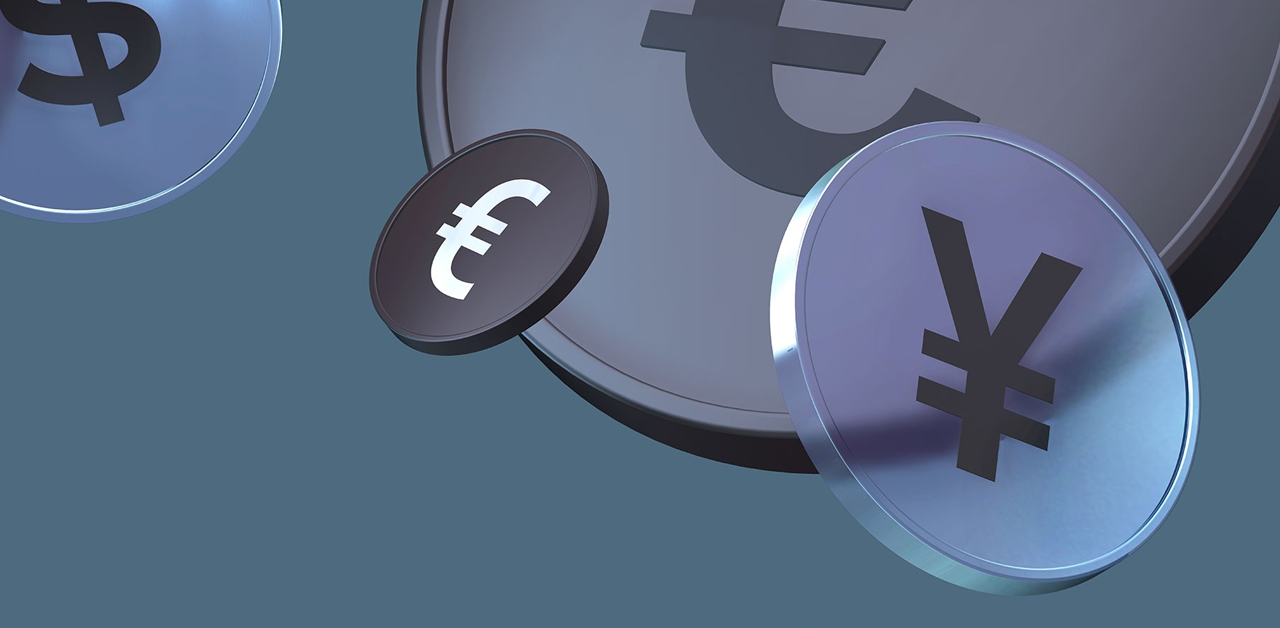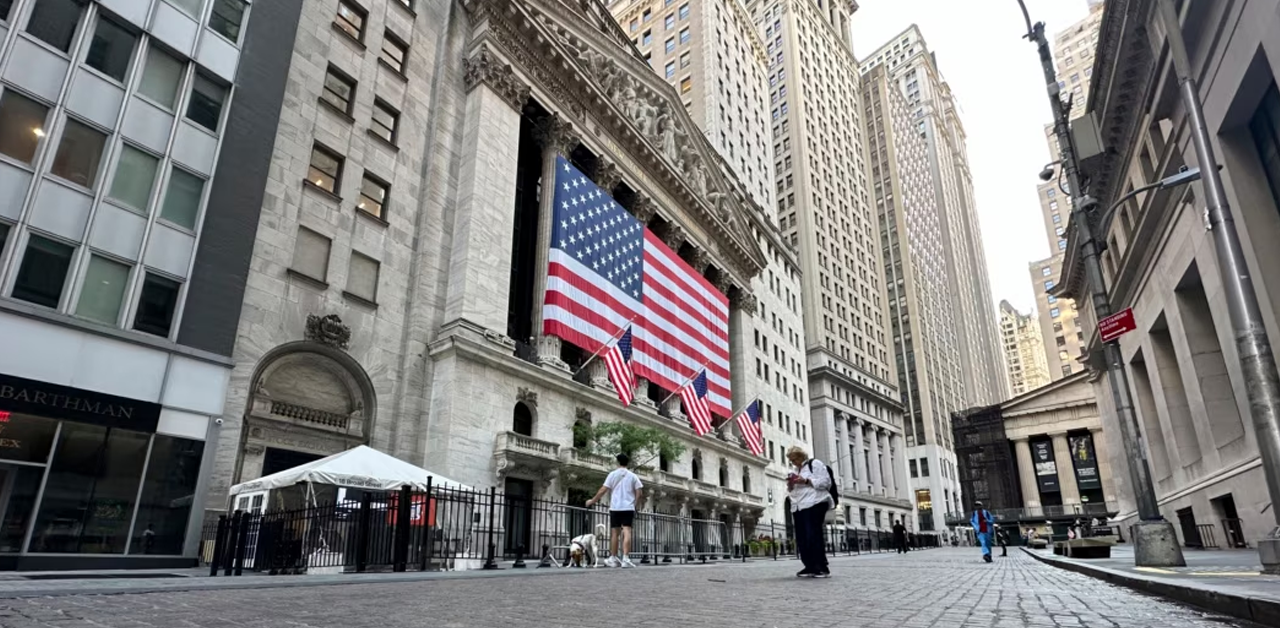On Tuesday, a carefully watched part of the US Treasury yield curve inverted for the first time since September 2019, reflecting market fears that the Federal Reserve may push the economy into recession as it confronts growing inflation. For a brief while, the two-year Treasury note yielded more than the benchmark 10-year note. Many people believe that section of the curve is a solid indicator that a recession will occur within the following year or two.
According to Refinitiv data, the 2-year, 10-year spread dipped as low as minus 0.03 basis point before rising back above zero to 5 basis points. While the short inversion in August and early September 2019 was followed by a slump in 2020, no one predicted company closures and economic collapse as a result of COVID-19 spread. Investors are anxious that the Federal Reserve will stifle growth as it rapidly raises interest rates to combat skyrocketing inflation, which is growing at the highest rate in 40 years.
“The swings in the twos and tens indicate the market’s rising concern that the Fed may fail to achieve a gentle landing,” said Joe Manimbo, senior market analyst at Western Union Business Solutions in Washington. Western sanctions placed on Russia following its invasion of Ukraine have increased commodity price volatility, contributing to already high inflation. Fed funds futures traders anticipate that the Fed’s benchmark rate will climb to 2.60 percent by February, up from 0.33 percent now.
According to some observers, the Fed’s huge bond purchases have skewed the Treasury yield curve by keeping down long-dated rates compared to shorter-dated yields. Short and intermediate-term rates have risen as traders price in an increasing number of rate rises. Another section of the yield curve that the Fed monitors as a recession signal is still far from inversion. The three-month, 10-year section of the curve is now at 184 basis points.
In any case, the lag between an inversion of the two- and 10-year halves of the curve and a recession is often rather substantial, implying that a recession is not necessarily a concern right now. “The time lag between an inversion and a recession is typically between 12 and 24 months. Six months has been the shortest and 24 months has been the longest, so it’s really not something that the typical person can do “Art Hogan, chief market analyst at National Securities in New York, echoed this sentiment.
Meanwhile, economists believe that if the Fed is worried about the slope and its consequences, it may utilise roll-offs from its enormous $8.9 trillion bond holdings to assist re-steepen the yield curve. In the next months, the Fed is likely to begin shrinking its balance sheet.











